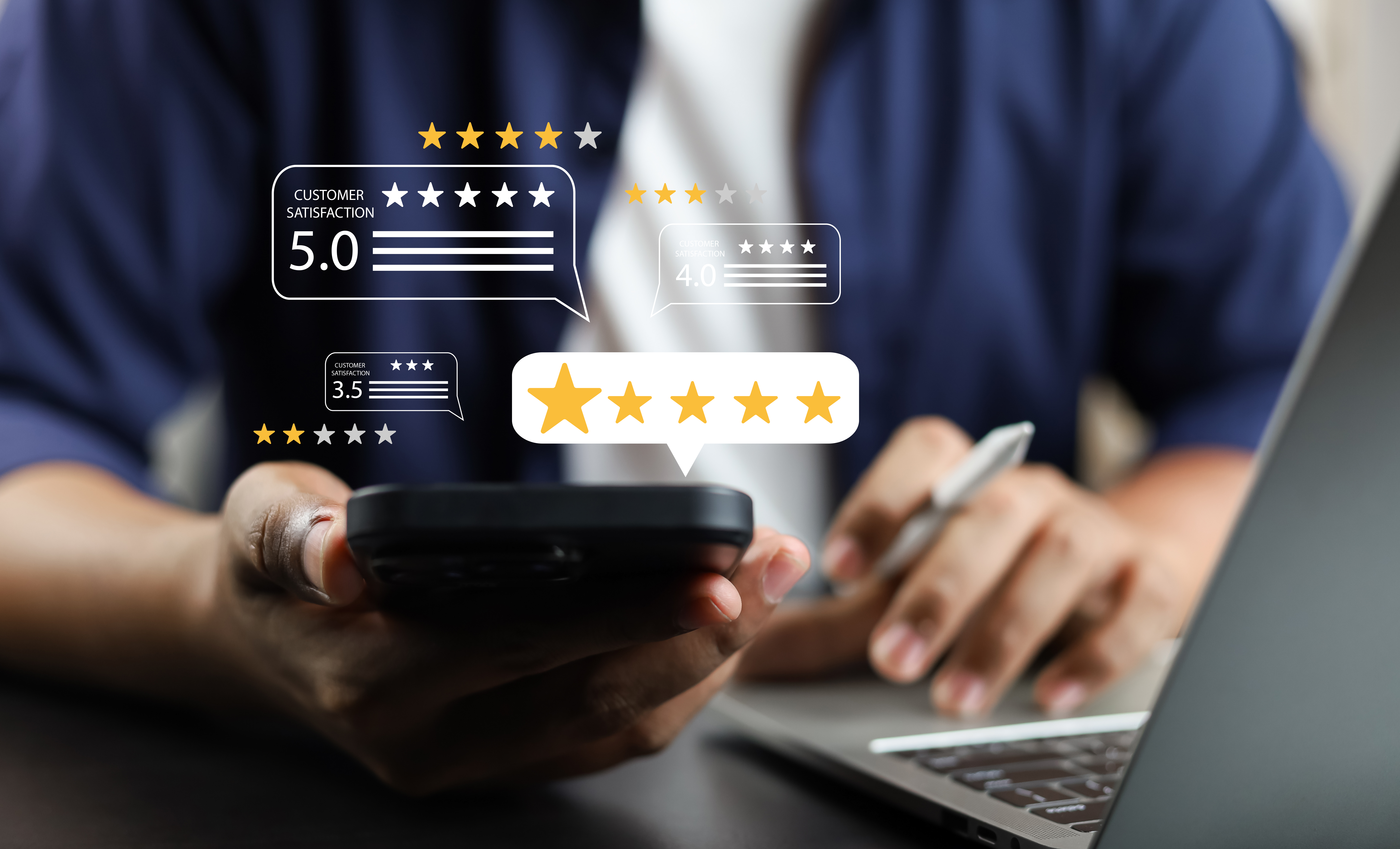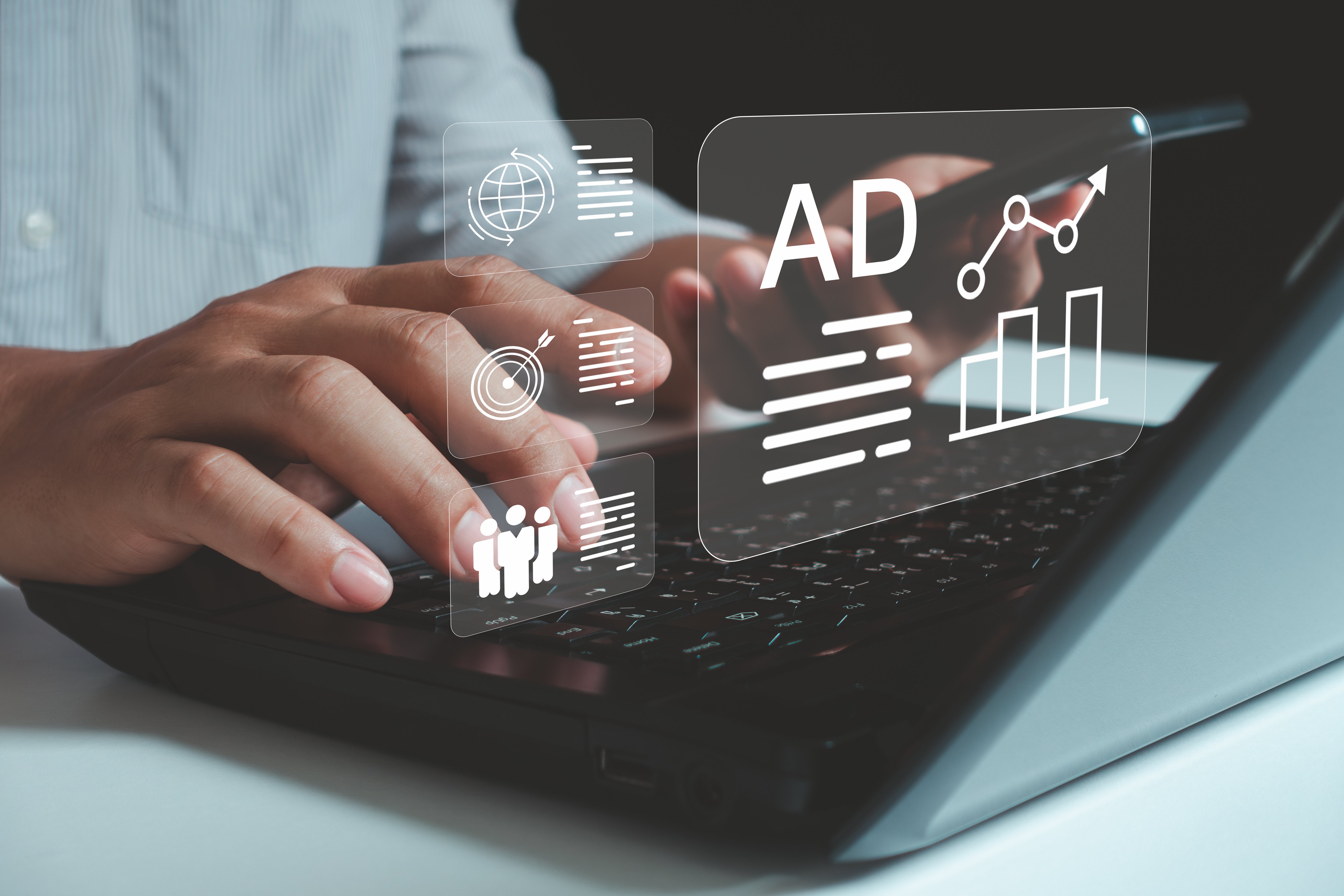Leveraging artificial intelligence (AI) tools to automate routine tasks and boost ad performance will give you a competitive advantage in a crowded paid search environment.
There is a clear and well-proven business case for pay-per-click (PPC) and other paid search advertisements. They provide improved visibility, precise targeting, low costs and access to real-time data that work together to drive high-intent online consumers to your site. It is equally clear that the world of paid search is both crowded and changing, making it increasingly difficult to stand out and deliver on business objectives.
One of the most significant recent developments in paid search has been the launch of Google’s AI Overviews, which is fueled by generative artificial intelligence (AI). Machine learning and AI are reshaping all aspects of marketing. When it comes to paid search, features such as AI Overviews are removing (and could soon eliminate) the need for users to click on a website link to find the answer to their query, leading to reduced site traffic. The numbers bear this out.
Google says AI Overviews has more than 1.5 billion users each month. As new updates and improvements take hold, its reach will only increase. For marketers, the challenge is to adapt to this new reality – and quickly.
To gain a competitive advantage, it’s critical to develop a paid search marketing plan fueled by AI and advanced strategies designed to optimize bid management and performance. This is what will help you take your paid search campaigns to the next level, better connect with your target audience, and achieve your marketing and business goals in 2025 and beyond.
Trends shaping paid search
Paid search enables businesses to buy listings in a search engine so their brands are discovered on search engine results pages (SERPs). The benefit of this approach is that marketers can target high-intent consumers at the start of their buying journey.
A few major trends are shaping the future of paid search:
- People are conducting their searches in new ways. A growing number of online users are shifting away from text-based searches and conducting voice and visual searches. More than 50 per cent of adults use voice search every day. To adapt PPC ads for this new reality, it’s important to focus on conversational and long-tail keywords. When it comes to image searches, it’s up to marketers to develop new strategies to optimize product catalogues and metadata. People are also expanding their searches to social media channels, so brands need to integrate paid search with these channels.
- The rise of personalization and privacy protection regulation. Research from McKinsey shows 71 per cent of consumers expect personalization. It also shows 76 per cent are frustrated when a business/brand recommends a product or service that isn’t relevant to them. At the same time, research from Salesforce reveals 79 per cent of consumers are increasingly concerned about protecting their personal information. Leveraging first-party data and implementing tactics such as audience segmentation and contextual targeting will help you improve personalization by increasing relevance while keeping personal information safe.
- Tip: Use your customer relationship management system to integrate first-party data with Google Analytics. This will allow you to access key conversion metrics, prioritize remarketing lists and personalize landing pages.
- The increased use of AI-powered automation. The number of paid search automation tools and the volume of data generated by consumers are growing. Routine manual tasks – such as bid and budget management, audience targeting, keyword research, copy optimization, and performance tracking and reporting – can be automated. This frees marketers to focus on strategy, performance and how best to drive desired outcomes.
How to prepare for the future of paid search
Embrace automation
Set strategic conversion goals when you start using automation tools to manage and optimize paid search campaigns. Align campaign conversion goals with the unique features of your products and services, as well as your overarching short-term business objectives. Be willing to adjust conversion goals throughout the campaign based on performance data. Early in the campaign, experiment with different conversion goals, such as website engagement and e-commerce sales. Analyze how the campaign performs against each goal to understand and improve its effectiveness. Once you see which conversion goals the campaign is delivering on, optimize and scale it to have maximum impact.
Tip: To be successful, provide automation tools with high-quality data.
The benefits of using PPC automation tools
- Improved return on investment. Automation allows you to quickly adjust your campaign and ensure you are focusing your budget on top-performing ads.
- Increased efficiency. Google’s PPC tool Performance Max uses smart bidding to access Google Ads across all its channels (YouTube, Display, Search, Discover, Gmail and Maps) from a single campaign, driving more conversions.
- More accurate and precise targeting driven by real-time data and predictive analytics.
Implement smart bidding strategies
Smart bidding is an automated strategy in Google Ads designed to maximize success. It leverages machine learning and Google’s AI to adjust bids to align with campaign goals, such as maximizing conversions or conversion value, or achieving a specific return on ad spend (ROAS). (The ROAS strategy uses the data you provide to predict conversions and their value to prioritize returns by establishing a maximum cost per conversion.) During each ad auction, the target user’s location, time of day and device type are factored in. This is called auction-time bidding. Smart bidding strategies can help you manage your ad budget effectively and prioritize bids for high-intent audiences.
Popular smart bidding strategies include:
- maximize conversions bidding
- maximize conversion value bidding, which is focused on maximizing the total value of conversions
- target cost per action (CPA) bidding sets a target cost per conversion – an effective strategy to employ for display and search ads
- target ROAS bidding sets a target return on ad spend
In both target CPA and target ROAS bidding, Google Ads adjusts bids to help achieve your target.
Your business goals will dictate your smart bidding strategies. For example, if your business goal is to increase sales or leads, Google recommends using maximize conversions and target CPA smart bidding strategies. If your business goal is to increase profit, Google recommends using maximize conversion value and target ROAS bidding strategies.
Prioritize relevance
Google’s automatically created assets (ACAs) feature for responsive search ad creation uses context from landing pages, existing ad copy and keywords to generate custom descriptions and headlines. This added personalization boosts relevance for search engines and increases conversions. Using ACAs in your paid search campaigns also helps address creative fatigue and improve efficiency.
Focus on driving both paid and organic search
Paid and organic search go hand in hand. They focus on similar key performance metrics, such as click-through and conversion rates. Building a strategy that integrates analytics from PPC and search engine optimization will help you better understand your target audience, increase reach, improve efficiency, save money and boost performance for both paid and organic campaigns.
Pay attention to your cost per lead
Cost per lead (CPL) rates are on the rise across industries. Take the time to benchmark what you’re paying and be sure to consider your product’s price point and lifetime customer value. If your CPL is high, evaluate your campaigns to improve targeting, ad relevance and engagement. Refresh your creative assets. Direct your spending to keywords with high conversion rates. Optimize your landing pages. A/B-test your advertisements.
AI is opening the door to new and highly effective ways to drive performance in paid search marketing. To compete in this new landscape, you must stay on top of the latest trends and changes reshaping paid search, adopt AI-fueled strategies and adapt.





